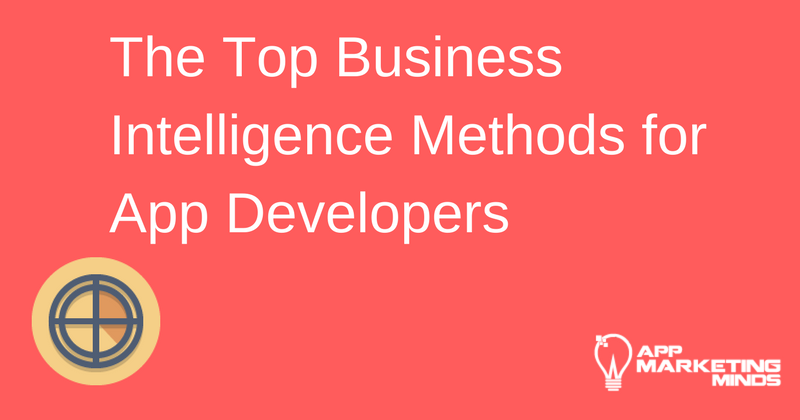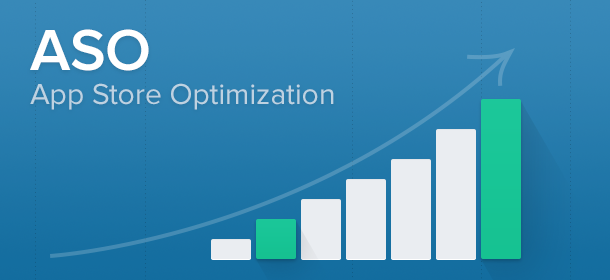Delivering SaaS Customer Success for improved business performance
How to ensure customer success with SaaS?
In recent years, an increasing number of SaaS companies have come to recognize the impressive array of benefits available through customer (or client) success management, also known as CSM. As a result, more and more SaaS companies have placed a greater emphasis on customer success and have taken steps to ensure that the happiness of their customers contributes to an increase in conversions and a decrease in churn, both of which are critical for SaaS companies that rely on recurring revenue streams.
At first glance, the concept behind customer success management seems simple enough. After all, ensuring customer success requires only that SaaS companies orient any and all customer interactions in such a way that the customer is ultimately positioned to achieve a specifically desired outcome. Despite the relative simplicity of the underlying concept, the process that goes into ensuring customer success is nonetheless worthy of a thorough and detailed explanation.
In the sections that follow, we’ll discuss why ensuring customer success is so important to recurring revenue businesses while also answering some of the most common questions associated with CSM, including each the following:
- What is the relationship between customer success and recurring revenue increases?
- How can a SaaS company make customer success part of its company DNA?
- Which metrics are best for measuring customer success?
In addition to answering these critical questions, we will also review the best practices associated with CSM and will detail how each of those practices directly contribute to increased conversion, improved customer satisfaction, and reduced churn.
How Customer Success Leads to More Recurring Revenue
Customers have to be able to clearly see the value of investing in your SaaS company’s product, and there is only a brief window available to demonstrate this value. This window occurs during the onboarding period, and it may be as brief as 24 to 48 hours. During this time, your SaaS company must prove how its product will help the customer achieve a desired outcome or risk permanently losing the customer.
Since renewals and up-selling — all of which occur after the initial sale — represent the overwhelming majority of revenue generated by SaaS companies, a successful onboarding process that demonstrates the product’s immediate value to the customer increases customer lifetime value, or CLV, by a significant margin.
Of course, immediately demonstrating the value of a product in this way dramatically reduces churn rates and also makes customers much more likely to become brand advocates. The impact of these outcomes on recurring revenue ought to be obvious, further underscoring the significant benefits associated with highly effective customer success management.
CSM and Company Culture: How to Make Customer Success Part of Your Company DNA
Now that we have reviewed the benefits made possible through an effective approach to CSM, it is important to discuss the many ways in which your SaaS company can make ensuring customer success a lasting part of your company DNA. During this process, it is especially critical that every department recognizes how they contribute to ensuring customer success and why it is necessary that they take a proactive approach in doing so.
It is only when your entire company feels responsible for ensuring customer success that the full range of benefits associated with CSM can be realized. This is why it is so important that your company’s leadership team emphasizes CSM at every level and highlights the specific rationale behind the use of CSM strategies.
When each department understands the importance of CSM and feels responsible for ensuring customer success, every interaction between the company and the customer will revolve around the achievement of the same core objective: helping the customer achieve a specifically desired outcome.
Of course, it’s worth noting that an increasing number of SaaS companies have created CSM teams specifically dedicated to ensuring customer success. Creating a dedicated CSM team is especially effective if you have already successfully embedded customer success in your company DNA, as it is of the utmost importance that you have a team of employees solely dedicated to developing strategies and processes for ensuring customer success at every stage of the customer journey.
Metrics to Measure Customer Success
While your company will certainly benefit from the addition of a dedicated CSM team and the establishment of a company culture that emphasizes customer success, the only way to maximize those benefits is through the use of specific metrics designed to measure the various elements associated with customer success. The most successful SaaS companies tend to rely on metrics that focus on measuring each of the following:
- Customer Satisfaction (e.g., Support Satisfaction Rating; Net Promoter Score)
- Churn Rate
- Onboarding Engagement (e.g., Core Tasks Completion; First Session Length; Returning Sessions)
- Trial-To-Paid Conversion Rate
Each of these metrics is designed to help identify your company’s strengths and weaknesses as they relate to CSM, thereby making it possible for you to quickly address any weaknesses that might be hindering your company’s ability to ensure customer success.
In order to yield the short- and long-term benefits that accompany efforts aimed at ensuring customer success — including, for example, recurring revenue increases, churn rate reductions, improved customer satisfaction, and increased activity and support from brand advocates — SaaS companies must remain attentive to these CSM metrics while also remaining wholly committed to the underlying principles associated with effective customer success management.
About the author:
Gina Kawalek is currently a Senior Marketing Manager at QASymphony, a leading provider of QA testing software for agile developers. Prior to QASymphony, she spent 5 years in B2B marketing at ExactTarget, Salesforce and Insightpool.
























